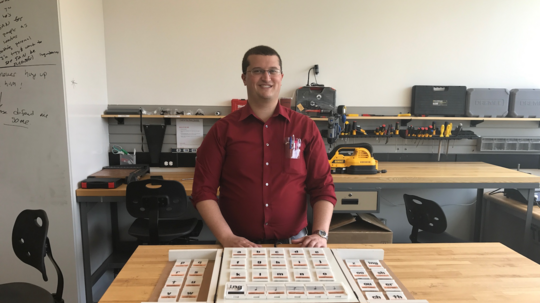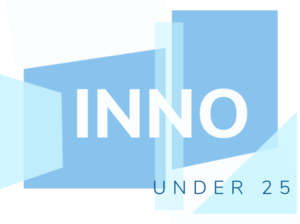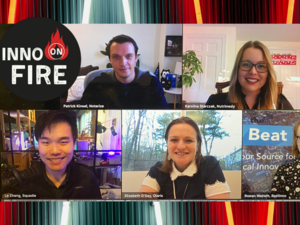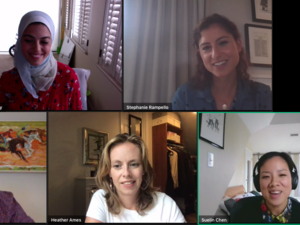
For the last 15 years, Alex Tavares volunteered as a reading instructor for people with disabilities, including visual impairments. During his sessions with students, he would point to a letter and say the sound out loud. The student’s job was to repeat the sound until he or she got the correspondence between the shape of a letter and its sound.
Alex’s students were performing well, but they would also tend to forget the new things they learned over time. “My students were actually getting worse in between our sessions,” Tavares said. “And I saw this as a huge problem.”
”The majority of blind children are illiterate today in the United States, which is shocking.”
The ultimate cause was, students didn’t have a chance to practice sounds and letters independently. So Tavares asked himself: “I’m spending the majority of my time sitting beside students and pointing to a letter and saying the sound. What if I could automate that process?”
The answer to that question is the Read Read - A device designed to help blind students, especially kids, learn Braille, the raised-dot language that allows people with vision impairments to read via touch. Thanks to his project, Tavares - a recent graduate of the Harvard Graduate School of Education - won a 12-week summer fellowship as part of the Venture Incubation Program at the Harvard iLab.
When I met with Alex at the iLab, he showed me an early prototype of the Read Read -- The one that you can check out in the video below.
When kids touch one of the 26 tiles of the Read Read - “just like a touchscreen,” Alex said - a voice pronounces the sound and describes its Braille symbol. Tiles can be moved around and positioned on a bar at the bottom of the device to form words. By passing their fingers horizontally, kids can hear the sound of words and feel the complete Braille translation with their fingertip.
The tiles of the final prototype will be embossed, so adults who lost the sight later in their life could potentially interact with the Read Read and learn Braille with no support. However, as Alex pointed out, the device is not meant to replace teachers, but it can be used as a tool to support learning.
Tavares did the pilot for the Read Read at the Perkins School for the Blind in Watertown, where the device was used by blind children who also have symptoms in the autism spectrum. “They were previously unable to learn Braille, it just wasn’t clicking for them,” Tavares said. “But when they get this immediate audio feedback, and they are able to interact with the device independently [...], they’ve been able to learn the Braille, which is an incredible breakthrough.”
Tavares launched a Kickstarter campaign to manufacture 400 Read Read devices minimum, to be used by blind students living in the U. S. So far, the campaign has raised almost $12,000 out of a goal of $273,000.
“The majority of blind children are illiterate today in the United States, which is shocking,” Tavares said. “So, I’m looking at solving that problem.”








